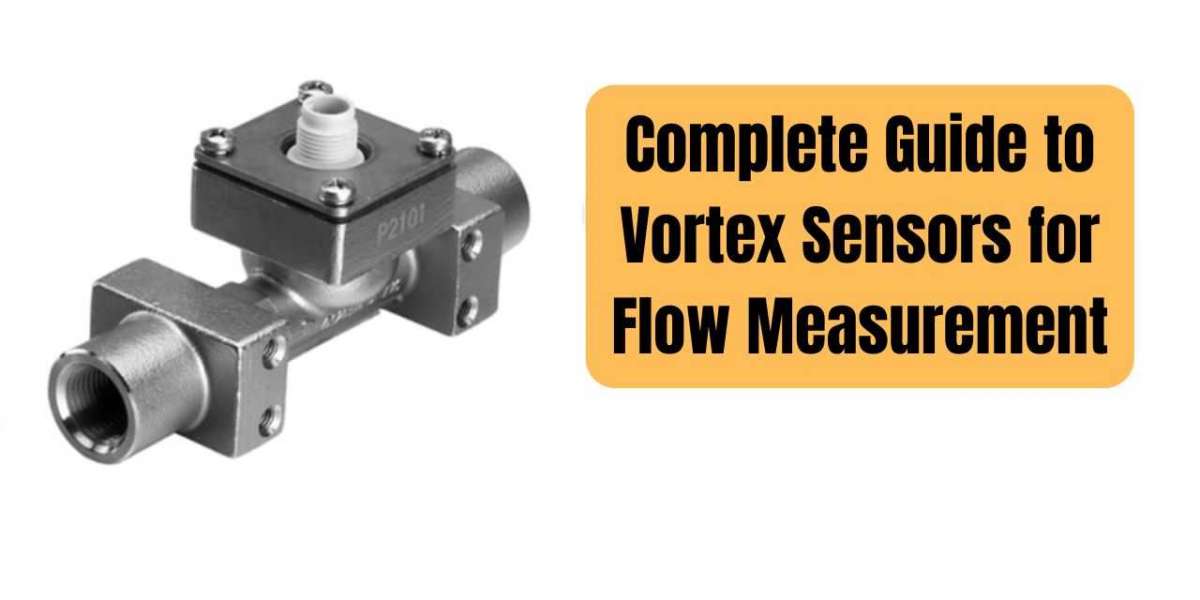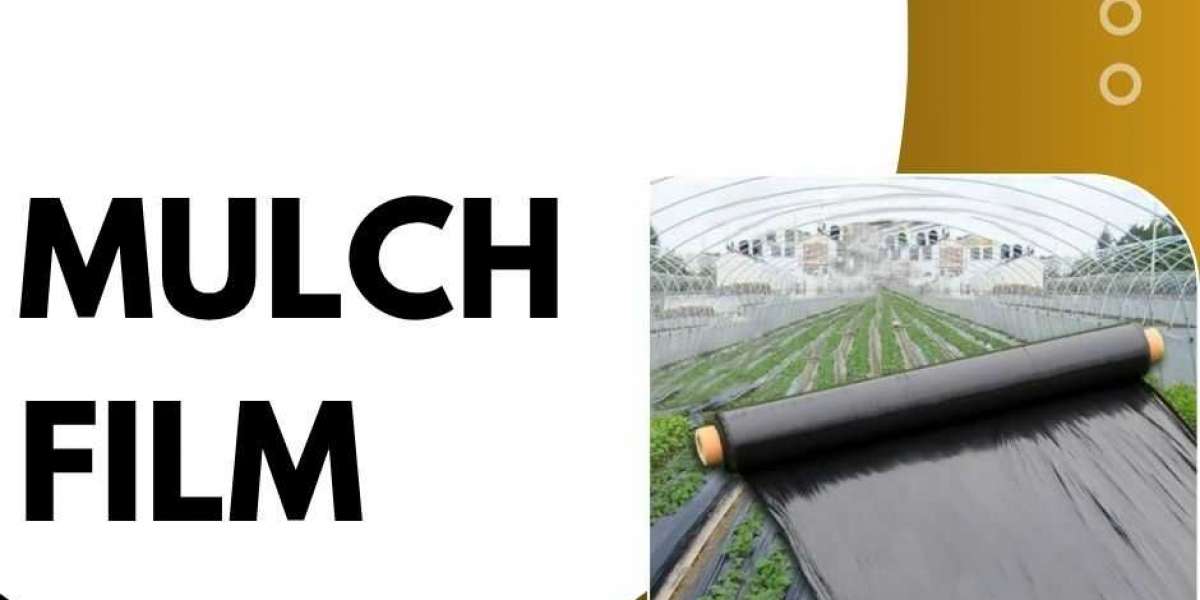Flow Measurement Basics: Why It Matters
Accurate flow measurement is vital across modern industries—from oil and gas to pharmaceuticals—ensuring efficiency, safety, and regulatory compliance. Poor flow monitoring can lead to equipment damage, product loss, increased energy costs, and safety hazards. Technologies such as vortex sensors, ultrasonic flow meters, and electromagnetic flow meters are commonly used to measure fluid or gas flow with precision. Among these, the vortex sensor stands out for its durability and accuracy in harsh conditions, making it ideal for various applications. Selecting the right flow measurement technology enhances process control, minimizes downtime, and improves overall productivity, making it a crucial investment for industrial success.
Introduction to Vortex Sensors
A vortex flow meter is a device used to measure the velocity of a fluid. It works based on a simple idea: when a liquid, such as water, gas, or steam, flows past an object (called a bluff body), it creates a repeating pattern of swirling vortices—this is known as the Von Kármán vortex street. By counting how often these swirls (or vortices) occur, the meter can figure out the flow rate.
The Science Behind the Vortex Sensor
A vortex sensor measures fluid flow using the principle of vortex shedding. When fluid passes around a bluff body in a pipe, it creates alternating vortices downstream. The frequency of these vortices is directly proportional to the flow rate, enabling precise measurement. A sensor detects these vortices and converts the signal into voltage or digital output. This relationship remains linear across a wide range, making vortex sensors reliable and accurate. Fluid dynamics plays a key role—stable flow ensures consistent vortex patterns, enhancing performance. These sensors are ideal for gases, liquids, and steam, offering high-quality data with minimal pressure loss.
Core Components of a Vortex Sensor
It measures fluid flow by detecting vortices shed by a bluff body placed in the flow path. The bluff body's design is critical, as it determines vortex frequency, which is directly related to flow rate. Sensor elements, such as piezoelectric crystals or strain gauges, detect these vortices by converting mechanical vibrations into electrical signals. Durable housing materials, such as stainless steel, ensure longevity in harsh environments. Integrated signal processing electronics amplify and convert raw signals into readable output. Together, these components enable accurate, reliable flow measurement across a wide range of industrial applications, from water systems to chemical processing.
Types of Vortex Flow Sensors
These are precision instruments used to measure the flow rate of liquids, gases, and steam by detecting vortices shed from a bluff body in the flow path. Inline vortex sensors are installed directly into the pipeline, offering high accuracy for closed systems. Insertion-type vortex sensors are ideal for large pipes, as they are inserted through a small opening, making installation easier and more cost-effective. Dual-output vortex sensors provide both flow and temperature readings, improving process efficiency. Smart vortex meters with diagnostics offer advanced features, including real-time monitoring, self-checking, and data logging, to enable predictive maintenance and enhance system reliability.
Use Cases: Where Vortex Sensors Excel
They are highly effective in various industrial applications due to their precision and durability. They excel in high-pressure steam systems, offering reliable flow measurement without moving parts, which ensures low maintenance. These sensors are also ideal for cleaning liquids and gases, maintaining accuracy without contamination. In closed-loop process control systems, vortex sensors provide consistent, real-time feedback, enabling the optimization of operations. Their robust design supports long service life, making them a preferred choice in environments where reliability and minimal upkeep are essential. Overall, vortex sensors provide a smart and efficient solution for flow monitoring in demanding applications.
Choosing the Right Vortex Sensor
When selecting a vortex sensor, consider pipe diameter and flow velocity to ensure accurate measurement across your operating range. Match the sensor to your fluid type—gas, liquid, or steam—for process compatibility and durability. Look for high accuracy and a wide turndown ratio for flexible, reliable readings. Ensure digital integration with SCADA, PLC, or IoT systems for real-time monitoring and control. Finally, verify certifications such as ATEX or ISO to ensure compliance with industry and safety standards. Selecting the right vortex flow meter enhances efficiency, minimizes maintenance, and facilitates smart automation across various industrial applications.
Installation: Getting It Right the First Time
Proper installation of a vortex sensor is crucial for accurate flow measurement. Ensure sufficient straight pipe lengths—typically 10 diameters upstream and five downstream—to reduce flow disturbances. Mount the sensor in the correct orientation, ensuring it is aligned with the flow direction, and avoid areas with excessive vibration or turbulence. Secure the sensor away from pumps or valves that may cause pulsations. For wiring, follow the manufacturer's guidelines, ensure solid grounding, and protect cables from moisture and interference. Once installed, verify signal integrity during the commissioning process. These steps provide optimal performance, reliability, and long-term data accuracy from your vortex flow sensor.
The Future of Vortex Flow Technology
The Future of Vortex Flow Technology lies in the evolution of digital vortex sensor design. Modern sensors are becoming smarter and more compact, with seamless integration into Industry 4.0 ecosystems. By leveraging AI-powered diagnostics, these sensors can detect anomalies, optimize performance, and predict maintenance needs. Innovations also focus on energy efficiency and eco-friendly materials, making them more sustainable. Vortex sensors are increasingly vital in real-time environmental monitoring, offering accurate flow data for air and water systems. As demand grows for intelligent, connected solutions, vortex sensor technology is poised to play a crucial role in industrial, environmental, and smart infrastructure applications.
Final Thoughts
Vortex sensors are known for being accurate, long-lasting, and easy to maintain, which makes them a great choice for many industrial uses. Their simple design means there are fewer moving parts that can break, helping you save money over time and keep things running smoothly. These sensors are also flexible and can be used for different types of flow measurement without losing performance.








